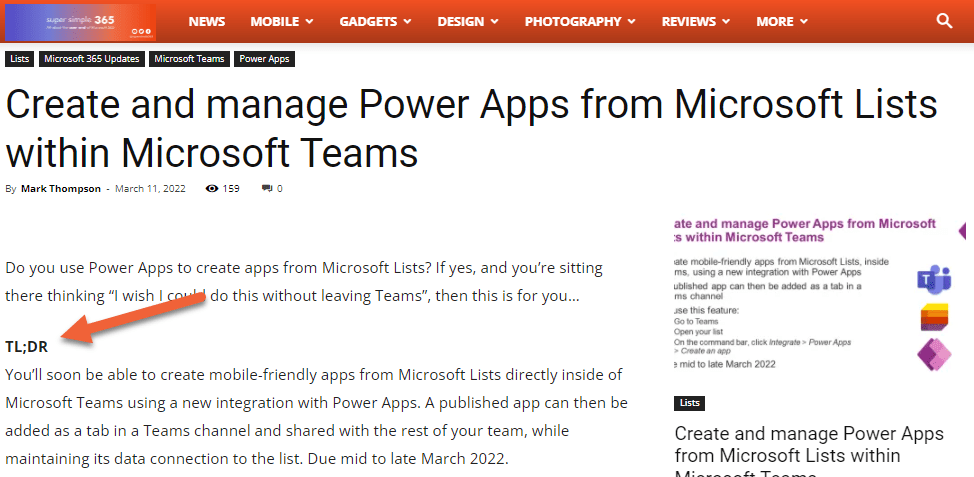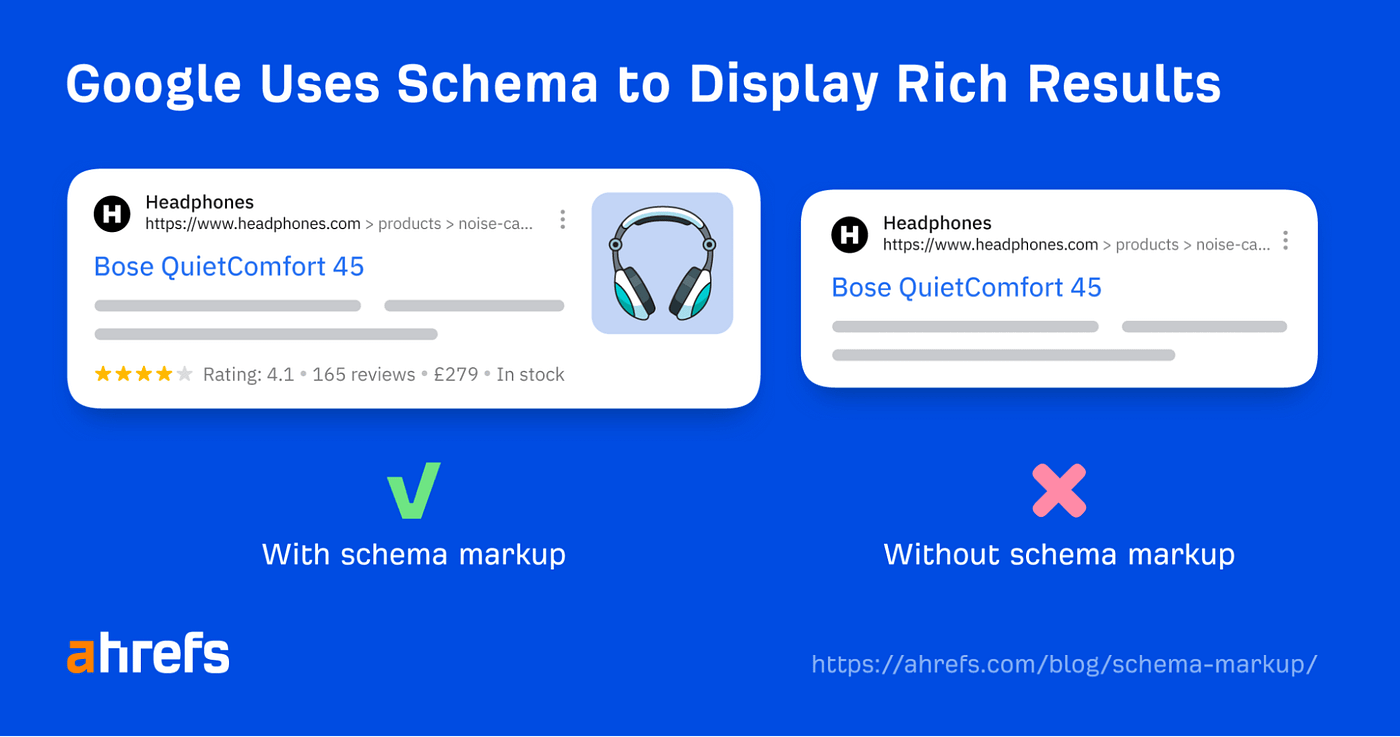Create Content That AI Can’t Ignore (or Skip Citing)
AI Search is the Future — Here’s How to Make Content It Loves and Cites
AI and humans consume content differently. While traditional writing styles have worked for decades, we now need to understand how to create content that serves both human readers and AI systems effectively. This article will show you the fundamental steps to accomplish exactly that.
After personally creating content for businesses that consistently gets featured in Google’s AI Overviews and cited by leading language models like ChatGPT, Perplexity, and Claude, I’ve identified the key strategies that drive both AI visibility and human engagement. The shift from traditional SEO to AIO (AI Optimization) / GEO (Generative Engine Optimization) requires a fundamental rethinking of content strategy.
Here’s what we’ll cover: crafting content that AI systems prioritize and how to leverage the right optimization tools.
TL;DR: What I Learned Getting My Content Cited by AI
After getting cited in Google’s AI Overviews, Perplexity, and ChatGPT, I found a clear pattern:
AI systems reward structured, scannable, and trust-rich content — not keyword dumps or long-winded narratives.
The key drivers?
Answer-first formatting
Credibility signals within the first 200 words
Brand authority over backlinks
Schema, sentiment, and multimodal presence (especially video)
Bottom line: The brands getting cited aren’t necessarily creating better content — they’re creating content that matches how AI systems are designed to extract and reference information.
This article breaks down the exact playbook I use to get my content featured by AI, while still making it valuable for human readers.
Writing Content That Both Humans & AI Systems LOVE
To crack this code, we first need to understand how and why AI systems cite specific sources. If you’re interested in the technical breakdown of the inference stage in AI, I’ve covered that in detail elsewhere.
Build “Answer-First” Pages
Here’s what I’ve learned: AI systems favour content that’s concise, direct, and scannable — qualities that also happen to drive human engagement.

The key is front loading your answers (ie. incorporating a TL;DR at the beginning). Instead of burying insights deep in paragraphs, lead with the solution, then provide supporting context. This “answer-first” approach satisfies both AI’s need for quick pattern recognition and human readers’ desire for immediate value.
The most effective formats include:
TL;DR at the top of content
FAQ sections
Structured how-to guides
Definition-heavy content that provides immediate value
AI models process structured content more effectively than dense paragraphs. The formats that consistently get cited include descriptive headings that telegraph content, FAQ sections that directly answer common queries, step-by-step processes that break down complex procedures, and bullet points that highlight key information.
This isn’t coincidence — it’s how AI systems are trained to extract information. Google’s AI Overviews frequently pull from FAQ schema, while Perplexity and Claude often reproduce well-formatted lists and step-by-step guides. By structuring your content to match these patterns, you’re essentially speaking the AI’s native language while simultaneously improving human readability.
The Clarity Advantage
Content clarity directly correlates with AI citation rates. Through testing, I’ve found that simplifying language and improving readability consistently outperforms keyword-heavy approaches. AI systems struggle with jargon-dense content the same way humans do — they favour clear explanations over technical complexity.
This means writing shorter sentences, explaining concepts in plain language, and maintaining strong grammatical flow. The goal isn’t dumbing down your content; it’s making expertise accessible. When you can explain complex ideas simply, both AI systems and human readers gravitate toward your content as the definitive source.
Building Trust Signals That AI Systems Recognize
Trust isn’t just about human perception — AI systems actively evaluate credibility markers when selecting content to cite. Through extensive testing, I’ve identified the specific signals that boost both AI visibility and human confidence.
Strategic Citation Integration
Content that references external sources receives significantly higher AI selection rates.
But there’s a methodology here:
Cite authoritative sources within the first 200 words
Use diverse source types (academic papers, industry reports, reputable publications)
Ensure citations directly support your core arguments.
Expert Voice Integration
Direct quotes from recognized authorities create immediate credibility signals. The most effective approach involves weaving expert perspectives throughout your content, not just dropping them in as isolated blocks.
For instance, a cybersecurity article that integrates insights from security researchers, official reports, and industry leaders throughout the narrative demonstrates comprehensive sourcing that AI systems recognize and prioritize.
Data-Driven Substantiation
Statistical evidence serves as content currency in the AI economy. Specific numbers, percentages, and research findings provide concrete value that AI systems can extract and reference. The key is presenting data that’s both current and contextually relevant — “95% of users reported improved efficiency” carries more weight than vague claims about “significant improvements.”
Technical Depth Without Density
Including relevant industry terminology and technical concepts signals topical authority to AI systems. In cloud computing content, naturally incorporating terms like Kubernetes, REST APIs, and containerization demonstrates subject matter expertise. The critical balance is maintaining readability while showcasing depth — technical accuracy that doesn’t sacrifice accessibility.
E-E-A-T Optimization for AI
Experience, Expertise, Authoritativeness, and Trustworthiness aren’t just Google ranking factors — they’re AI selection criteria.

This means:
Clear author credentials
Demonstrated first-hand experience
Confident, authoritative tone throughout your content
AI systems favor content that reads as expert-written and thoroughly researched.
Digital Ecosystem Presence
Perhaps most importantly, AI systems heavily weight cross-platform mentions and discussions. Your content’s likelihood of being cited increases dramatically when your brand or insights appear across forums, social media, and industry discussions.
This means strategic community engagement and thought leadership efforts directly impact AI visibility — a factor many content creators overlook.
Review Velocity as Trust Currency
AI systems perform sentiment analysis on your brand’s digital footprint, making reviews a critical ranking factor.
The combination of review count, velocity, and quality across platforms like Yelp, Google Business, and industry-specific sites creates powerful trust signals. LLMs actively crawl these review sources to assess credibility, meaning your off-page reputation directly influences AI citation rates.
Brand Authority > Backlinks
Unlike traditional SEO, AI systems prioritize brand authority and topical relevance over link building. Mentions in trusted sources — even without direct links — shape how AI models summarize and cite your content. This represents a fundamental shift where earned media and thought leadership carry more weight than traditional link acquisition strategies.
Stack That Got Me into AI Overviews
Traditional SEO tools weren’t built for AI optimization. While keyword research and backlink analysis remain useful, the metrics that matter most for AI visibility require entirely different measurement approaches. After testing dozens of tools and platforms, I’ve identified the essential stack that drives real AI citation results.
Schema Markup and Structured Data Implementation
Just as traditional Google algorithms rely on clear signals, AI systems need structured data to interpret your content effectively. Schema markup serves as a direct communication channel with LLMs, providing context that dramatically improves citation rates.

As mentioned earlier, the most impactful schema types for AI optimization include FAQ schema for question-based queries, How-to schema for process-driven content, Review schema for trust signals, and Organization schema for brand authority. Tools like Schema Pro, Structured Data Markup Helper, and JSON-LD generators streamline implementation, but the key is strategic deployment rather than comprehensive coverage.
Content Optimization for AI Readability
Earlier, I mentioned the importance of clarity — something we can actively test and improve. Tools like Grammarly offer baseline readability checks, but optimizing for AI requires deeper analysis. I often use LLMs themselves (specifically Claude) to fine-tune grammar, tone, and structure for AI readability.
YouTube Optimization for AI Visibility
Gemini heavily favors YouTube content in AI Overviews, making video optimization a critical component of AI strategy.

Focus on short, educational videos tied to core queries, optimized titles that match conversational search patterns, and strategic keyword placement in descriptions and transcripts. The goal isn’t viral reach — it’s becoming the authoritative video source that AI systems cite when answering specific questions.
The Future is Already Here
The shift from traditional SEO to AI optimization isn’t coming — it’s already happened. While most marketers are still optimizing for search engines from 2019, the brands getting cited by AI systems today are the ones that will dominate tomorrow’s search landscape.
The playbook is straightforward: structure your content like AI systems are trained to process it, build trust signals that algorithms can recognize, and optimize for the tools that actually matter in an AI-first world. It’s not about gaming the system — it’s about understanding how information flows in the age of generative AI.
What we’ve covered here — from answer-first formatting to schema implementation to cross-platform brand building — these aren’t advanced tactics. They’re foundational strategies that will only become more important as AI systems become the primary way people discover and consume information.
The businesses that adapt to this reality now will have a massive advantage. The ones that don’t will find themselves invisible in an AI-driven search world.
Let’s Keep The Conversation Going!
Hey! I’m Noah, a 17 y/o who’s been deep in the GEO space for the past year, where I’ve been running Antifragility Labs to help brands rank in both search engines and AI systems.
If you found this useful or have questions about any of these strategies, feel free to reach out. I love meeting people who are thinking about these problems and always enjoy swapping notes on what’s working in the AI optimization world.
The future of content is being written right now, and the more of us who understand it, the better off we’ll all be.
Thanks for reading this post! I love talking to you guys—if you have any questions, opinions, or just wanna chat, hit up my email at: noah@barbaros.ca anytime or comment below!



